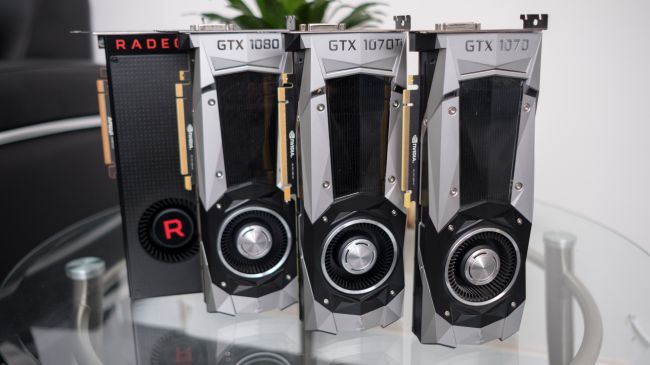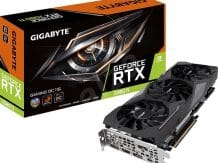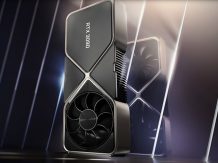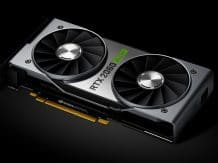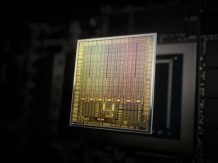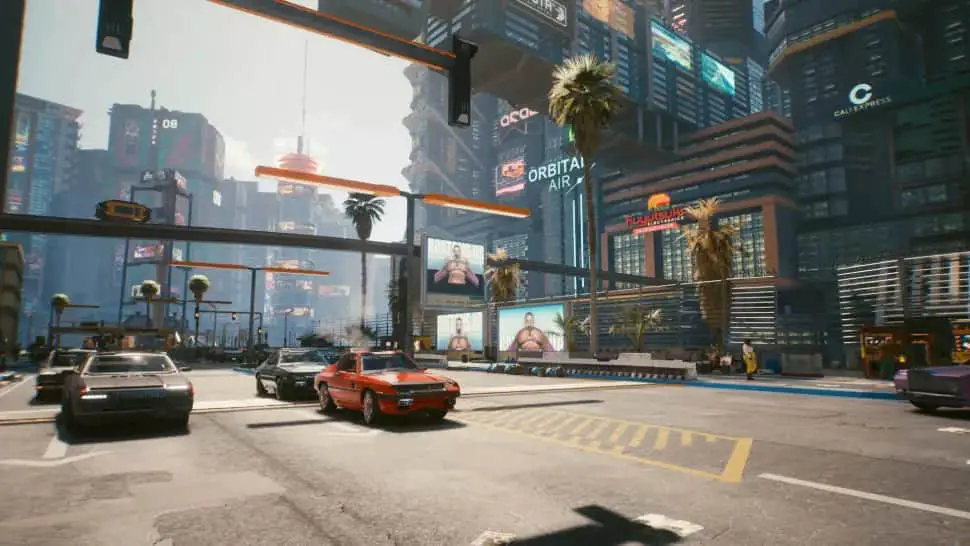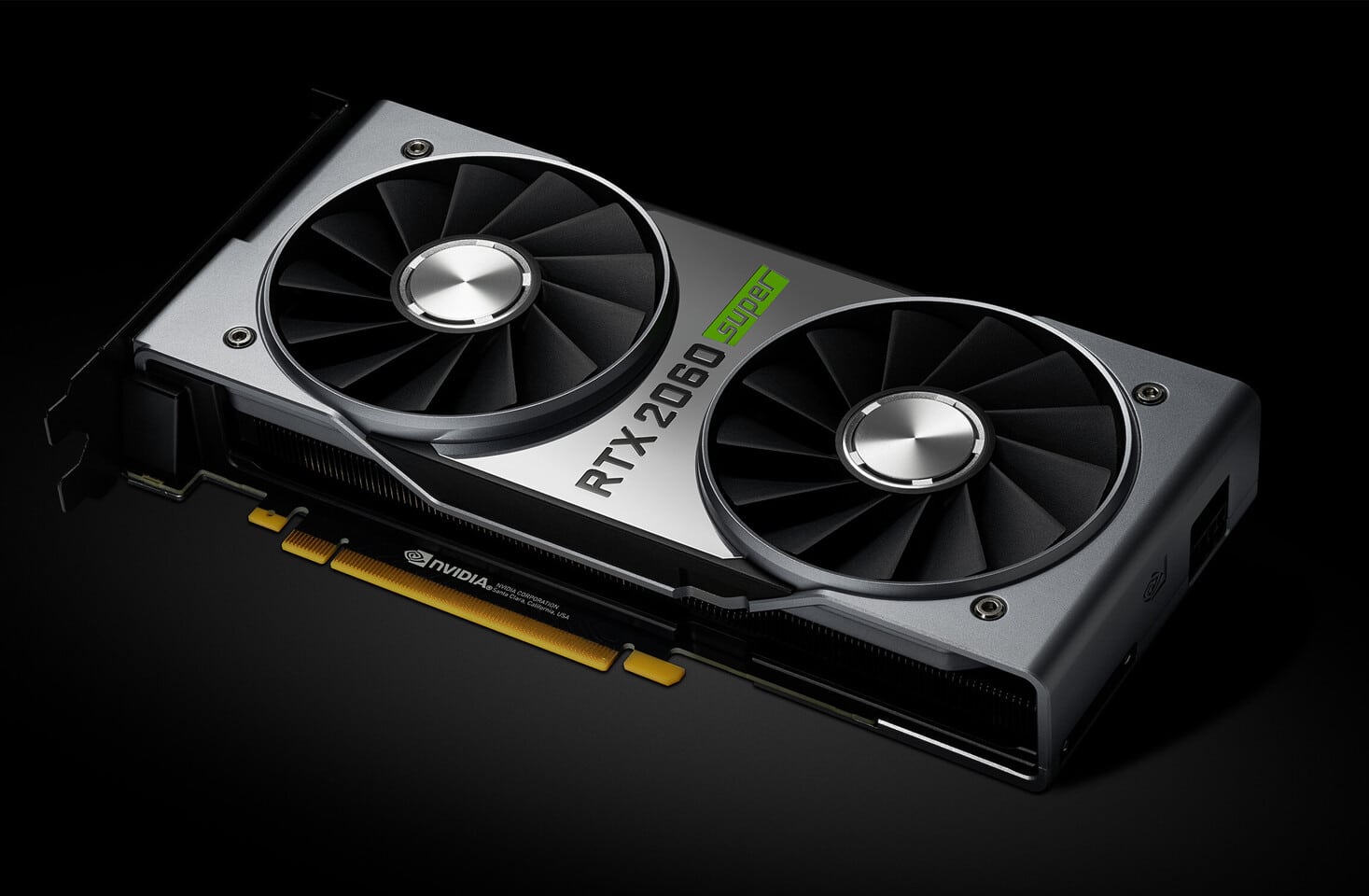Nvidia vs. AMD: What’s Your Next Graphics Card?
–
The graphics card war never ends.
If you ask a console player, he will go into the details of the endless rivalry between the Xbox One X and PS4 Pro, as well as which console you should play Fortnite on. However, PC gamers are witnessing a similar feud: Nvidia versus AMD. And, even if you’ve never heard of it before, the monstrous competition has spawned some amazing innovation.
On the other hand, if you’re not willing to swear allegiance to one of these tech behemoths, it can be difficult to choose the best graphics card for your needs. Don’t worry, we decided to figure out once and for all who is the winner in the competition between Nvidia and AMD.
Today, the confrontation between Nvidia and AMD has come to an awkward position. Almost two years after the release of the Nvidia GTX 10 series, the manufacturer launched the Turing architecture with GeForce RTX 2080 Ti, RTX 2080, RTX 2070 and RTX 2060 – video cards that have become significantly more expensive than their predecessors.
And while AMD has distinguished itself with the launch of Vega in 2017, and AMD Navi is not yet ready for consumer release, AMD Radeon VII, a direct competitor to the RTX 2080, is coming out. But this does not mean that AMD has forgotten about the budget market, the manufacturer continues to release new Polaris cards, among which is the Radeon RX 590 targeting the budget 1080p segment.
Regardless of what that means to you, Nvidia and AMD graphics cards are not created the same, so we’ve put together a guide to dive into the intricacies and figure out what’s the difference. From their exclusive features to price-to-performance ratio, drivers and again exclusive features that users are tired of.
A video card for every day.
| NVIDIA VS AMD: PRICE
Anyone browsing w3bsit3-dns.com or commenting on sections on tech sites will tell you that AMD is widely known for its affordability and Nvidia for its high performance and high prices. But are they really right?
Well, it looks like that. The Nvidia GeForce RTX 2080 Ti is priced at $ 1,199 (RUR 78,000 + VAT), which is almost double the retail price of the latest generation GTX 1080 Ti. And the rise in prices does not end with one video card, the RTX 2080 costs $ 799 (52,000 rubles + VAT), and the RTX 2070 costs 599 $ (39,000 rubles + VAT).
—
During the keynote, Nvidia stated that the graphics cards will come with a reasonable price tag, for example, the 2080 Ti was supposed to start at $ 999, but we haven’t seen any cards at that price yet.
The most affordable RTX graphics card currently available is the Nvidia GeForce RTX 2060, which retails for $ 349 (RUR 23,000 + VAT). While that price tag is astronomically far from the eye-popping 2080 Ti, it’s still expensive for a mid-range graphics card.
—
As far as AMD is concerned, you’ll find the latest Radeon RX 500 graphics card for a penny pitting it against Nvidia. But AMD is returning to the high-end competition with the new AMD Radeon VII, which will set you back $ 699 ($ 45,500 + VAT) for performance equivalent to the RTX 2080 in most cases.
In the end, the best price will depend on how lucky you are with the discounts.

| NVIDIA VS AMD: PERFORMANCE
When you are trying to build the most powerful PC than your nemesis (often your best friend), buying a graphics card is not a matter of price, but performance. The availability of maximum performance at the lowest cost is becoming, perhaps, the main factor driving the sales of video cards around the world.
Right now, the RTX 2080 Ti effortlessly squeezes out any other consumer-grade graphics card with 11GB of GDDR6 video memory and high-performance Tensor and RT cores that implement AI-driven supersampling and real-time ray tracing. AMD just can’t offer something like that – but how important is it?
AMD has always been known for its overwhelming popularity, whereas Nvidia usually offered the most powerful hardware. But at CES 2019, AMD unveiled the Radeon VII. And now that we got the graphics card for our own review, we can say that it works on par with the RTX 2080 – at least until you turn on DirectX 12. However, thanks to the 16 GB HBM2 video memory, AMD Radeon VII is not intended only for gamers, but also for creative professionals.
The lightest current generation graphics card in Nvidia’s crop is the GeForce RTX 2060, which outperforms AMD’s Vega 56 for the same price. While the prices of the two graphics cards are mostly comparable, AMD currently dominates the mid-range product market with cards like the AMD Radeon RX 580.
After all, AMD and Nvidia are on completely different sides of the market right now, so the best bet is to rely on what games you’re trying to play and at what resolution.
If you’re trying to play games like Assassin’s Creed Odyssey in 4K, you’ll want to give Nvidia a try. But if you prefer 1080p Overwatch with high refresh rates, go for AMD. However, the Radeon VII also looks like a promising graphics card for 4K tasks, especially with 16GB of HBM2 VRAM.
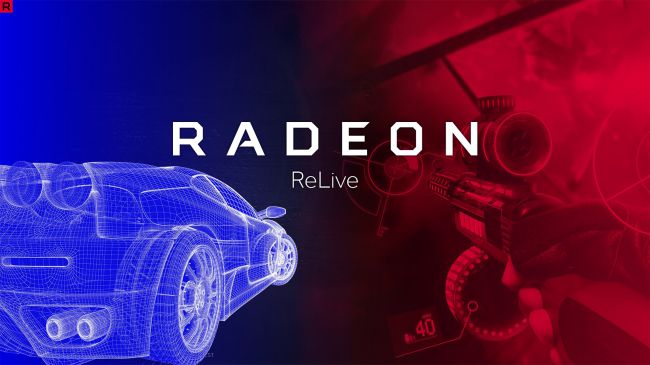
| NVIDIA VS AMD: SOFTWARE, DRIVERS AND FUNCTIONS
The key advantage of choosing Nvidia vs AMD graphics cards is the GeForce Experience software from Team Green.
Nvidia GeForce Experience is a kind of PC gaming application that manages all games, implements driver updates and game optimization, and lets you stream gameplay and take screenshots, right up to video recording through an easy-to-use interface.
Meanwhile, AMD’s recently announced Radeon Software Adrenalin 2019 Edition aims to challenge Nvidia’s software supremacy. The latest update brings a range of features, including automatic overclocking (which does not require tensor cores) and transferring games to your mobile device.
AMD’s latest in-house graphics card software lets you set up virtual streaming of games to your phone or standalone VR headset. This way, you can leverage the power of your AMD graphics card to play the best VR games without delay. The main advantage of Radeon Software is, of course, consistent driver updates that take into account all major game releases.
Back in December 2016, you could stream your gameplay live with Radeon Crimson ReLive, but now you can get serious streaming through AMD’s Xplit / OBS and multi-channel audio controls.
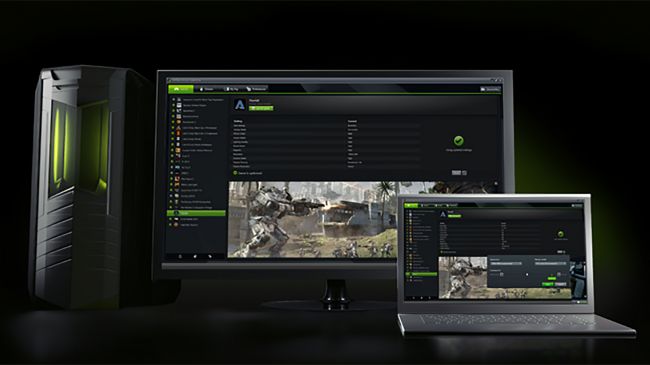
However, GeForce Experience has a game optimization feature that everyone is crazy about. So when you are unsure which settings are best for your computer in The 3rd Witcher, Nvidia will take care of it.
AMD graphics card users will be able to download and install Raptr’s Gaming Evolved software package to optimize their gaming experience. However, the solution is not ideal, given that users of the main competitor can do almost everything from GeForce Experience. That is, they will be able to use Nvidia Ansel to shoot cool in-game shots at a resolution exceeding 63K (16 times that of a 4K monitor).
Nvidia is in a strong position when we talk about streaming games, whether it’s another gaming PC with a Maxwell GPU or tablets or consoles. Not to mention, Nvidia offers its own cloud gaming service, GeForce Now, available for Windows 10 and macOS users.
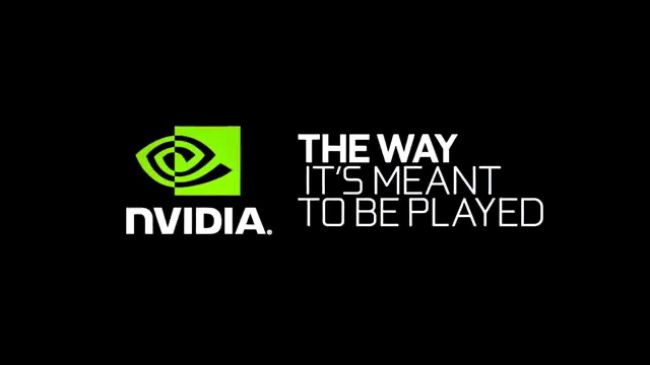
| NVIDIA VS AMD: UNIQUENESS
It was once rumored that AMD and Nvidia were taking a dubious approach, “paying” game developers for openly displaying an individualized approach to one manufacturer or another. If that were the case, we would find a simple explanation for the fact that some games work better with GeForce graphics cards, while others with Radeon’es.
Fortunately, aside from new technologies like ray tracing and deep learning supersampling of the new Nvidia Turing GPUs, we no longer see compatibility issues – but they still exist.
Following the Capsaicin & Cream live event at GDC 2017, we discussed with AMD a strategy to compete with Nvidia. The news that the company is partnering with Bethesda Softworks to optimize its games for Radeon and Ryzen was worrying to say the least.
While there is the potential for more games to run smoothly on AMD systems, which is good news, such a move could force Nvidia to respond by partnering with another major publisher. And while this maneuver hasn’t happened, early Wolfenstein II performance comparisons showed the best performance and temperature reduction achieved with the AMD Radeon RX 64 versus Nvidia’s GeForce GTX 1080.
We’re not talking about AMD bias in Bethesda’s technical design environment, but we’re not ready to take off our tinfoil hats just yet.
Of course, Bethesda is hardly the only company to show a commitment to one manufacturer. If you’ve ever seen an AMD or Nvidia splash screen during the title splash screen when launching a game, you can rest assured that it works better with that company’s hardware.
| NVIDIA VS AMD: SO WHAT IS BETTER?
There are many reasons to love and even hate video cards from both manufacturers. After all, Nvidia vs. AMD rely on competition to thrive. Suffice it to say that the Nvidia vs. AMD debate requires understanding why Radeon and GeForce are so similar in terms of performance.
Each company does its best to keep up with the other, which is good for the end user above all. Basically, manufacturers are fighting for our money, learning from each other’s mistakes, and constantly improving their products along the way.
It’s up to you to decide who wins the Nvidia vs. AMD battle, although we’re ready to put it this way: Nvidia has no peers in the 4K market at the moment. If that helps, the RTX 2080 Ti is probably the best bet if you’re chasing the best Ultra HD performance – as long as you can afford it. However, if you’re on a tight budget, Nvidia and AMD graphics cards are getting roughly the same in the mid-range, at least until the budget Turing graphics cards come out.
Here are the best PC games you can run on your new graphics card.





